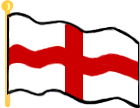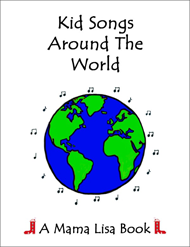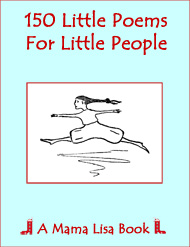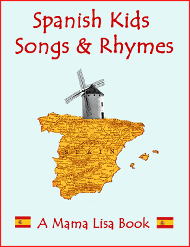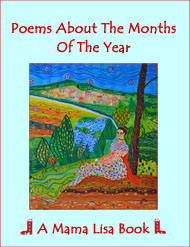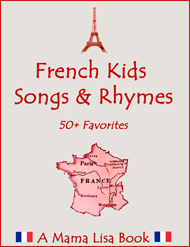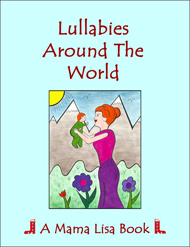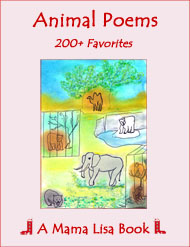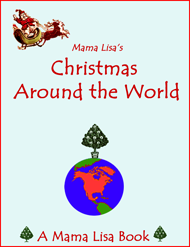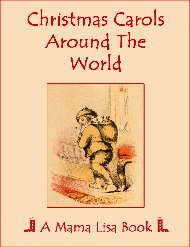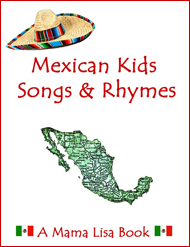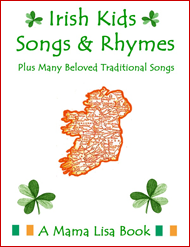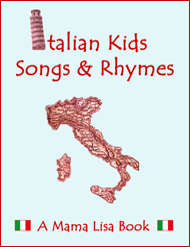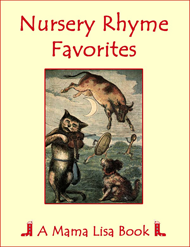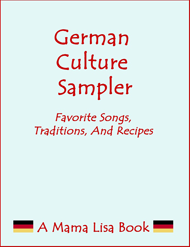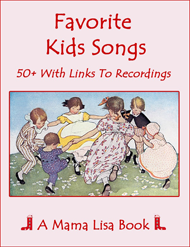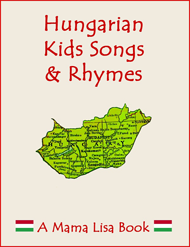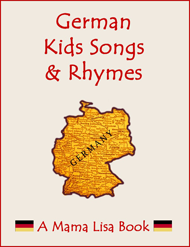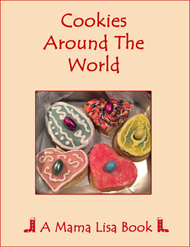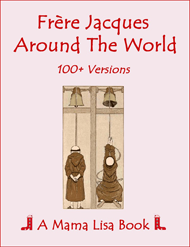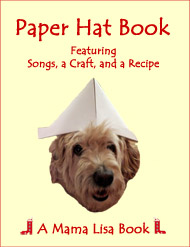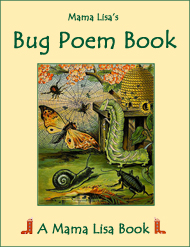What is the Rhyme for Porringer?
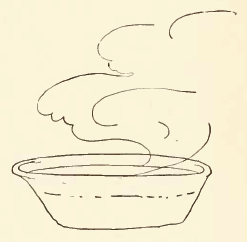
What is the Rhyme for Porringer?
Nursery Rhyme
What is the rhyme for porringer*?
The King he had a daughter fair,
And gave the Prince of Orange her.
Notes
*A porringer is a small vessel for eating porridge or soup.
James Orchard Halliwell wrote in 1843 that this rhyme was, "Written on occasion of the marriage of Mary, the daughter of James Duke of York, afterwards James II, with the young Prince of Orange. The song from which these lines are taken may be seen in 'The Jacobite Minstrelsy,' 12mo, Glasgow, 1828, p. 28."
The following is written in The Nursery Rhyme Book by Andrew Lang...
"There is another rhyme about him:
O what's the rhyme to porringer?
Ken (know) ye the rhyme to porringer?
King James the Seventh had ae dochter (a daughter),
And he gave her to an Oranger.
Ken ye how he requited him?
Ken ye how he requited him?
The lad has into England come,
And ta'en (taken) the crown in spite o' him.
The dog, he shall na (not) keep it lang (long),
To flinch we'll make him fain again**;
We'll hing (hang) him hie (high) upon a tree,
And James shall have his ain (own) again.
The truth is, that the Prince of Orange and the King's daughter fair (really a very pretty lady, with a very ugly husband) were not at all kind to the King, but turned him out of England."
**"To flinch we'll make him fain again".
I think the meaning of "fain" in this line is "ready, willing, obligated".
The meaning of "flinch" is certainly "surrender, avoid a fight".
I also think it's an archaic construction where the clauses are not arranged in the order we would use in modern English.
With a little rearrangement it can become "We'll make him fain to flinch again".
In other words "We'll oblige him to surrender again", which is how I'd translate it into contemporary English. (After he is made to surrender, he is hung from a tree in the next line.)
Thanks and Acknowledgements
This rhyme can be found in The Nursery Rhymes of England edited by James Orchard Halliwell (1843) and The Nursery Rhyme Book, edited by Andrew Lang and illustrated by L. Leslie Brooke (1897). Illustration from The Big Book of Nursery Rhymes (circa 1920) edited by Walter Jerrold (1865 – 1929) and illustrated by Charles Robinson.


